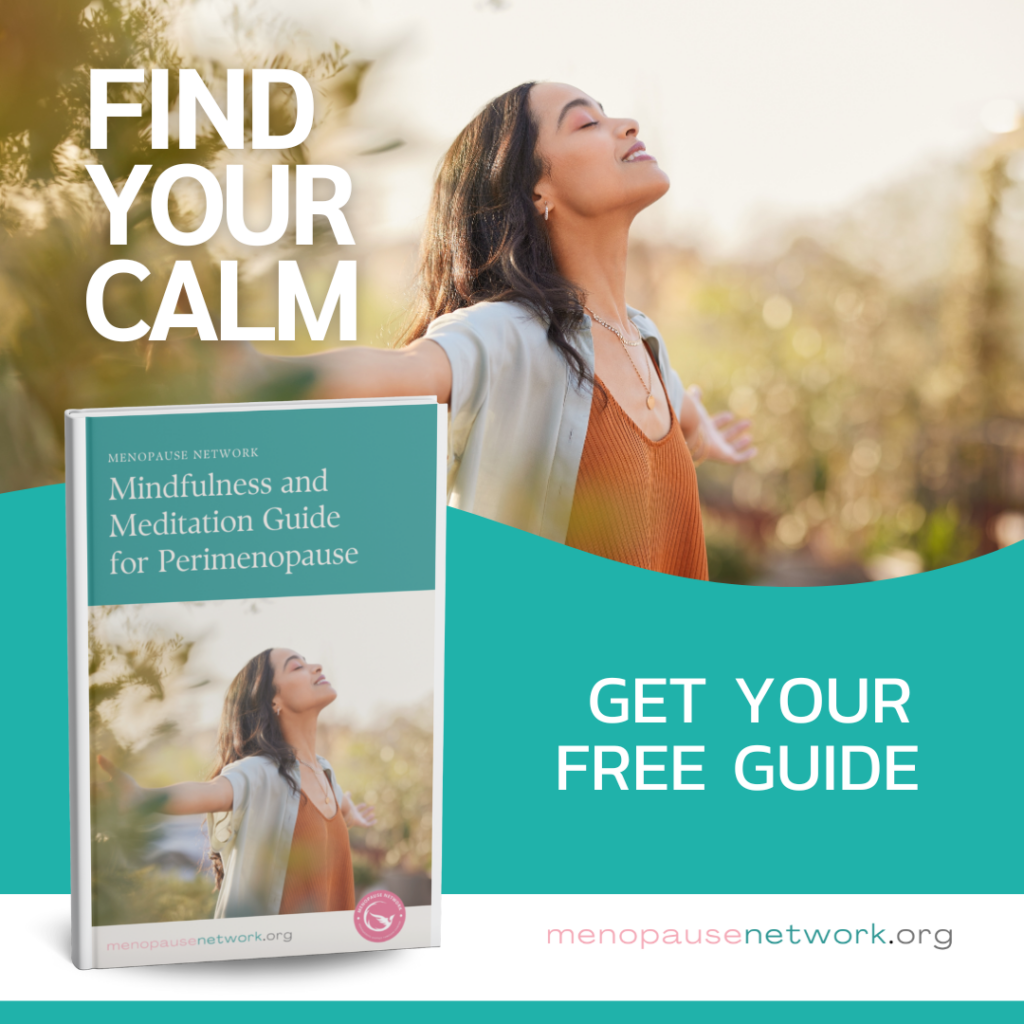Mindfulness Magic: How a Few Minutes a Day Can Melt Away Stress

Ever feel like life is moving at a million miles an hour? You’re juggling a hundred things—folding laundry, keeping an eye on the kids, half-listening to the TV, and mentally planning out the next meal. It’s like you’re running on autopilot, and before you know it, the day’s flown by without you really being in it. You might have missed that moment when the sun hit just right, or how good it felt to finally sit down after a long day.
That’s where mindfulness comes in. It’s like hitting the pause button on life, allowing you to fully soak in the present moment without worrying about the next thing on your to-do list. Mindfulness is all about being right here, right now, and accepting it as it is—no judgment, just awareness. And the cool part? This simple shift in focus can do wonders for your stress levels and overall happiness. So, let’s dive into how you can start embracing mindfulness and bring a little more calm and clarity into your life.
Why Practice Mindfulness?
Mindfulness isn’t a new concept; it has roots in Buddhism, but the essence of it is found in many religions through prayer and meditation. These practices encourage us to pause our endless worries and instead, appreciate the moment.
Jon Kabat-Zinn, a well-known figure in the mindfulness community, played a huge role in bringing mindfulness meditation into mainstream medicine. His research shows that mindfulness can positively impact both mental and physical health, leading to improved attitudes and behaviors.
The Perks of Being Mindful
Being mindful enhances your well-being. It helps you savor life’s small joys, stay fully engaged in what you’re doing, and better handle tough situations. By staying present, you’re less likely to stress about the future or dwell on past regrets. Many people find that mindfulness helps them build deeper connections with others and feel more content with life.
Mindfulness is also great for your physical health. Studies show that practicing mindfulness can reduce stress, lower blood pressure, help manage chronic pain, improve sleep, and even alleviate digestive issues.
On the mental health front, therapists are increasingly incorporating mindfulness meditation into treatments for various issues like depression, anxiety, and substance abuse. Mindfulness helps people accept their experiences—whether they’re pleasant or painful—without reacting impulsively.
How Mindfulness Works
Mindfulness helps people become more aware of their thoughts and feelings without getting tangled up in them. Instead of avoiding or suppressing difficult emotions, mindfulness encourages acceptance, which can lead to healthier responses.
Mindfulness meditation often pairs well with cognitive behavioral therapy (CBT), as both approaches aim to help individuals gain perspective on unhelpful thoughts and behaviors.
Simple Mindfulness Techniques
There are various ways to practice mindfulness, but they all share a common goal: to bring your attention to the present moment without judgment. Here are a few basic techniques:
- Mindfulness Meditation: Sit quietly, focus on your breathing or a mantra, and allow thoughts to come and go without judgment. Keep bringing your attention back to your breath or mantra.
- Body Scan: Notice each part of your body, from head to toe, without judgment. Simply observe sensations like tingling or tightness and let them pass.
- Sensory Awareness: Pay attention to what you see, hear, smell, taste, and touch. Acknowledge each sensation without labeling it as good or bad.
- Emotional Awareness: Observe your emotions as they arise. Name them—“joy,” “anger,” “frustration”—without getting attached to them, and let them go.
- Urge Surfing: When a craving or urge arises, notice how your body feels, and remind yourself that the feeling will pass. Rather than giving in, focus on the temporary nature of the urge.
Getting Started with Mindfulness
Mindfulness can be developed through regular meditation practice, and it’s something you can learn on your own or with the help of a class or guide. If you’re dealing with a medical condition, you might want to look for a mindfulness program tailored to your needs.
DIY Mindfulness Practice
Mindfulness doesn’t have to be formal. You can practice it anytime, anywhere. Here’s a basic mindfulness meditation you can try:
- Sit comfortably in a chair or on the floor.
- Focus on your breathing—notice the air entering your nostrils and leaving through your mouth.
- As thoughts arise, acknowledge them without judgment and gently bring your focus back to your breathing.
- Gradually expand your awareness to include sounds, sensations, and thoughts.
You can also practice mindfulness informally by being fully present during everyday activities. Whether you’re eating, walking, or talking, focus on the sensations and experiences in that moment.
Final Thoughts on Mindfulness
Mindfulness is a practice that grows with time. Start with short sessions and gradually increase the duration as you become more comfortable. Remember, the key is to be kind to yourself—if your mind wanders, gently bring it back to the present. Over time, you’ll find that mindfulness not only helps you manage stress but also brings more joy and awareness into your life.

